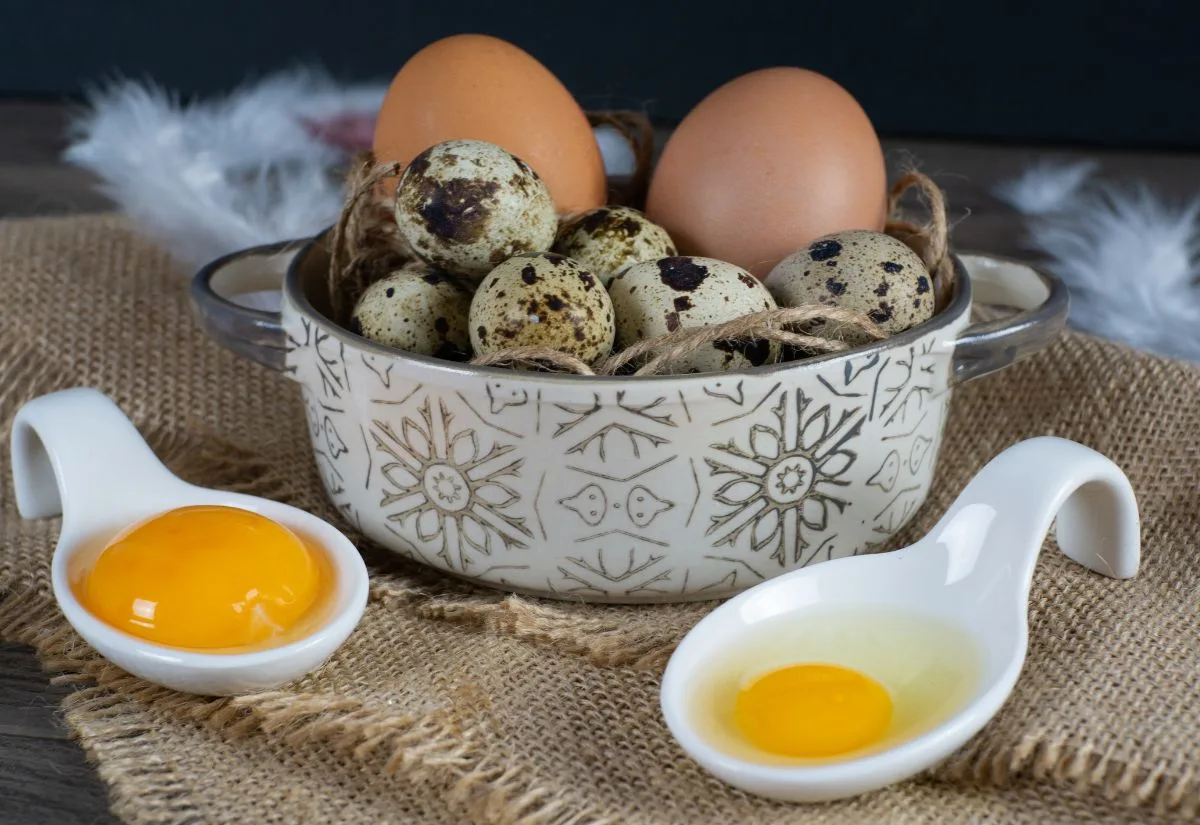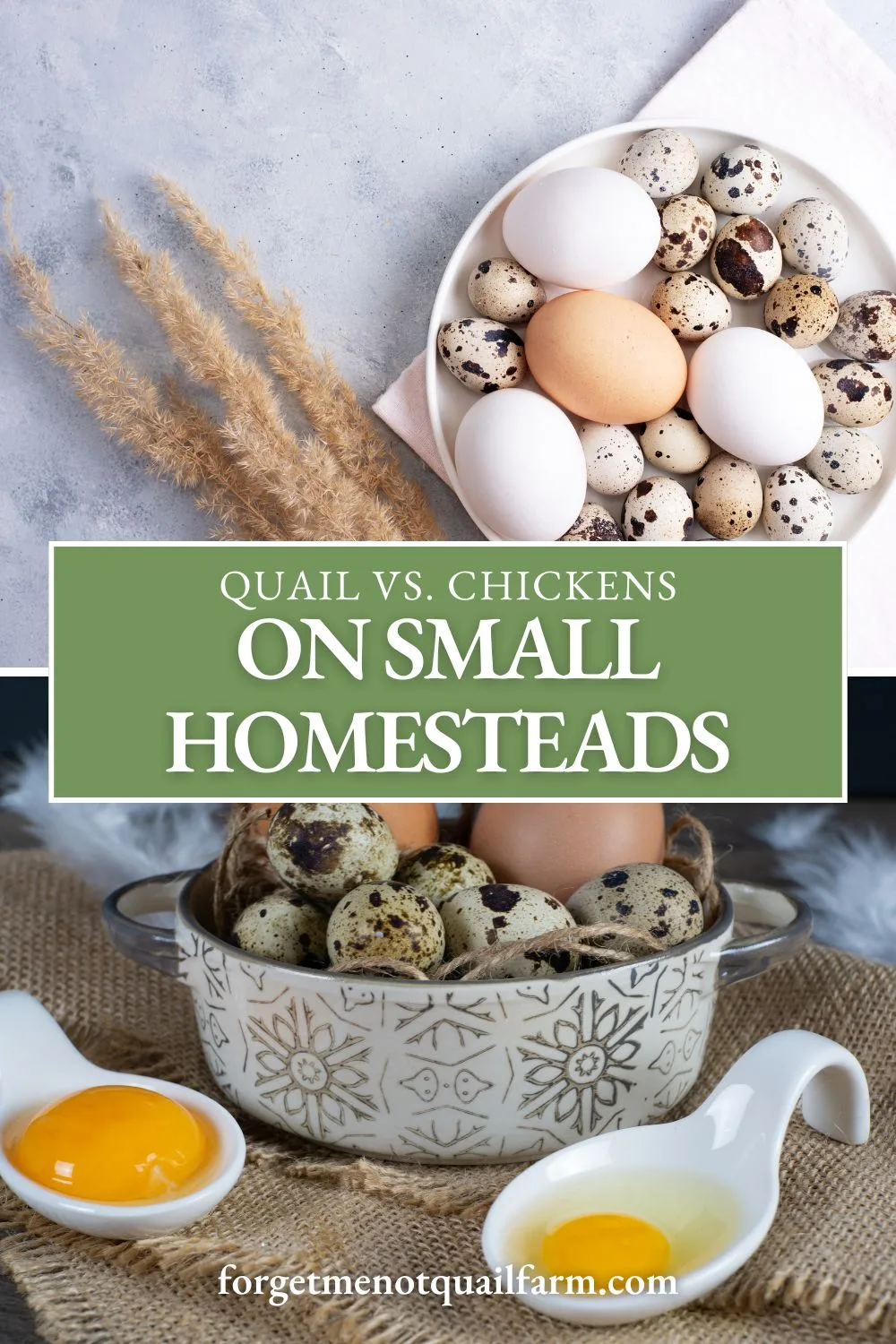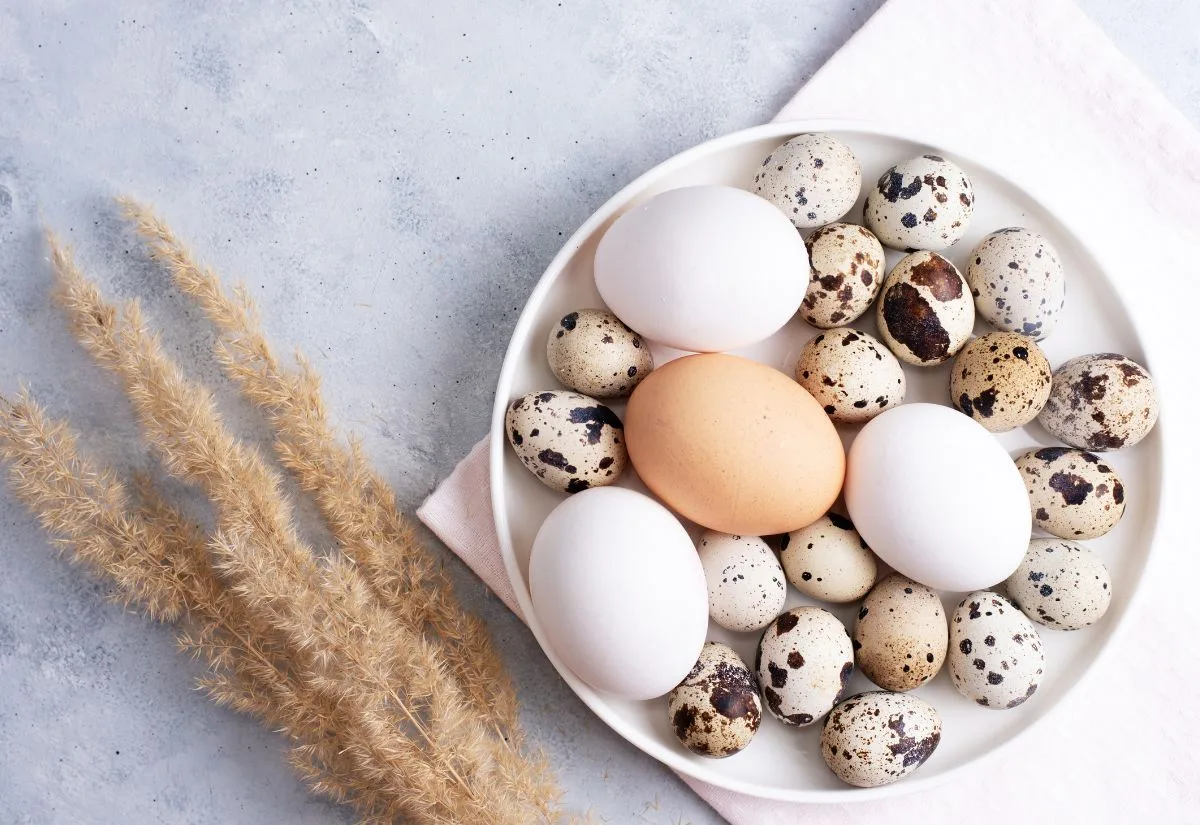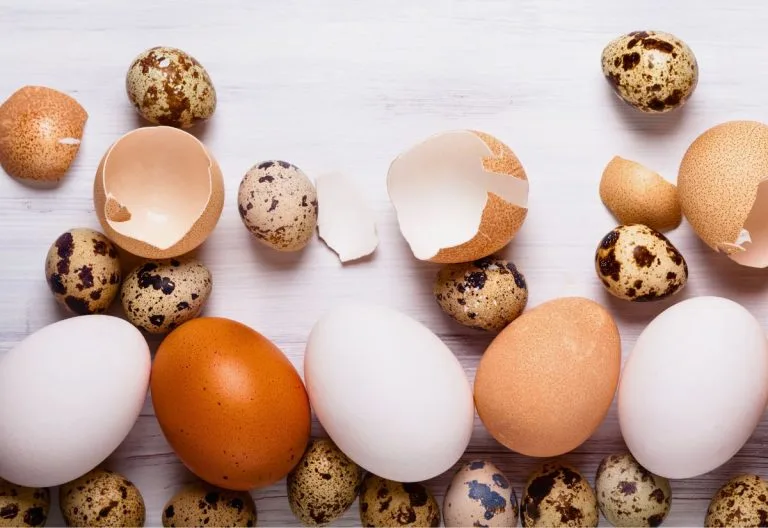Quail vs Chickens: Which Bird Makes More Sense for Small Homesteads?
When most folks think backyard birds, it’s chickens every time. They’re easy to find, every feed store sells what you need, and they’re familiar. But if space is tight or you’re just plain over the chicken drama, you might be missing out on an easier bird: Coturnix quail.
I’ve raised both for years, and honestly, quail win hands down. I still keep a few chickens (it just feels wrong not to), but quail are cleaner, quieter, faster to mature, and take up next to no room. Here’s how they really stack up when you’re caring for them day to day.
Space and Housing: How Much Room Do They Really Need?
Before you decide which bird fits your lifestyle, it helps to look at how much room each one actually needs. Housing’s usually the deciding factor and this is where the two really differ.
Housing Needs for Chickens
Chickens are great, but they eat up space fast. Even a small coop starts feeling big once you add a run.
- Coop space: 4–5 square feet per bird
- Outdoor run: 8–10 square feet per bird (minimum)
- Free-range time: Strongly preferred for behavioral and health reasons
Chickens also need taller, well-ventilated structures with nesting boxes and perches. Even compact coops tend to dominate small yards.
Compact Setups for Coturnix Quail
Coturnix quail do great in compact, fully enclosed pens. Something chickens won’t tolerate.
- Pens or stacked cages: 2–3 quail per square foot
- Walk-in pens or aviaries: ~1 square foot per bird
- Tractors or mobile setups: Around 1 bird per square foot
Because quail are ground-dwellers, you can even stack pens vertically to save space. I’ve kept a whole breeding covey in a space about the size of a bookcase. If you’re short on room or live in a more urban area, my guide on keeping Coturnix quail in small spaces covers layout ideas, ventilation tips, and how to manage droppings without odor or flies.
If you want a solid stacked setup that’s easy to clean, I’ve had good luck with the Hatching Time quail cages. The pull-out trays make cleaning simple, and ventilation stays solid even in warm weather. Use these indoors or inside a fully predator-proof structure. Plastic won’t stop a raccoon.
Feed and Cost: Less Feed, Less Mess
Once housing is sorted out, daily care and feeding come next. Feed is one of the biggest ongoing costs with any bird, so it helps to know how much each one eats before you commit.
Feeding and Upkeep for Chickens
A laying hen eats roughly a quarter-pound of feed per day. Multiply that by even a small flock and the bill climbs fast. Scratch feed waste and spillage can also drive up costs. Feed protein averages 16–18% for layers, depending on the brand.
How Coturnix Quail Stretch Your Feed Budget
Coturnix quail do best on 17–20% protein feed, but even with that slightly higher number, they’re more affordable to maintain. A 50-pound bag lasts much longer. Each bird eats only about 20–25 grams a day. I recommend no-spill port feeders outdoors and hopper guards indoors to keep feed losses minimal. If you’re building your own system, no-spill port feeder kits on Amazon make setup easy and seriously cuts waste compared to open troughs.
Their smaller size also means less waste. I spend maybe five minutes a day checking feed, water, and droppings trays. No shovel required. If you want to stretch your feed bill even further, I’ve shared a few DIY feed options that work without skimping on nutrition.
Egg Production: Small but Mighty
For most of us, eggs are the main reason we start keeping birds in the first place. Here’s how they compare for laying habits, nutrition, and real-world egg counts.
Egg Production in Backyard Chickens
Hens typically begin laying at 5–6 months old and produce 200–280 eggs per year, depending on breed and daylight. Most breeds slow or stop through winter without supplemental light.
Coturnix Quail: Fast to Lay, Steady Producers
Coturnix quail start laying as early as 6–8 weeks old and often produce 250–300 eggs per year. They lay about the same overall, they just start months sooner. Three quail eggs equal one chicken egg in size, but quail easily outperform chickens on eggs per square foot of housing. For winter laying, a plug-in light timer set to ~14 hours of light keeps them steady without overdoing it.
Quail eggs are beautifully speckled, rich in iron and vitamin B12, and pack a bit more protein. They taste just like chicken eggs, maybe a touch richer. I use them for everything from baking to pickling (our farmstand pickled eggs never last long).

Temperament and Noise: The Quiet Advantage
Noise is another big deal, especially if you’ve got neighbors close by. Both have personality. One is just a whole lot quieter about it.
What to Expect from Chicken Behavior
Even the calmest chicken breeds can make their presence known. Hens sing after laying, and roosters crow… constantly. They’re social birds with personality, but they also squabble and can become territorial in tight spaces.
Why Quail Keep the Peace
Quail are quiet and self-contained. Males call softly (a short, melodic “chirrup”), and hens coo throughout the day. They’re a little jumpy at first, but once they realize you’re the one bringing the food, they settle right down. If you’re in town, chances are your neighbors won’t even realize you’ve got them. They also produce far less odor than chickens, even in enclosed setups.
Legal and Zoning Differences: Quail Often Get a Pass
Here’s what most people don’t realize: in many places Coturnix aren’t classed as livestock. They’re game birds. That means towns with chicken bans or strict coop ordinances sometimes don’t mention quail at all.
Always check your local ordinances, but in many towns, if small caged birds like parakeets are allowed, Coturnix quail often are too. And that’s why a lot of folks in town start with quail.
Meat Yield and Maturity: Faster Turnaround
If you’re also thinking about raising birds for the table, here’s where the difference really shows up. Quail grow fast and stay efficient, while chickens take more time and space to reach a similar point.
How Long It Takes Chickens to Reach Table Size
Meat birds like Cornish Cross take about 8–10 weeks to process weight but require large space, higher feed, and careful temperature management. Dual-purpose breeds take longer. Often 16–20 weeks.
Why Coturnix Quail Win on Efficiency
Coturnix mature fast, ready for butchering around 8 weeks. Their meat is tender, mild, and cooks quickly. They’re small, sure, but a well-managed covey keeps you stocked without hogging the freezer.
I like to tell customers, if chickens are your Sunday roast, quail are your weeknight dinner.
Seasonal Care: Cold and Heat Tolerance
Here in Maine, winters test every animal. Chickens handle cold well if they stay dry and protected from drafts, but frostbite can be an issue. They also need deeper bedding and insulated coops.
Quail surprise most people with how hardy they are. With deep bedding and draft-free housing, they stay warm without heat lamps. I focus on ventilation over heat. Moisture is the real enemy. In summer, shaded pens and cool water are enough. Their smaller bodies deal with temperature changes just as well as heavy chicken breeds.
If you’re raising birds in a northern climate, my post on how to manage Coturnix quail through Maine’s harsh winters shares the cold-weather housing tweaks that have kept my coveys laying straight through January.
Quick Comparison Chart
| Category | Chickens | Quail |
|---|---|---|
| Space Needs | 4–10 sq ft per bird | 0.5–1.5 sq ft per bird |
| Feed | ~¼ lb per day | ~20–25g per day |
| Protein | 16–18% | 17–20% |
| Age at First Egg | 20–24 weeks | 6–8 weeks |
| Eggs per Year | 200–280 | 250–300 |
| Noise Level | Moderate–High | Very Low |
| Legal Status | Often regulated | Often unregulated |
| Meat Harvest Age | 8–20 weeks | 8 weeks |
| Cold Tolerance | Good with insulation | Excellent if draft-free |
Frequently Asked Questions
Yes. Once the setup is dialed, quail take minutes a day. They’re smaller, cleaner, and less demanding overall.
They taste almost the same. Maybe a touch richer. Three quail eggs replace one chicken egg in recipes.
No. Chickens can injure or kill quail, even unintentionally. Always house them separately.
Feed’s cheaper with quail. Even though the protein’s a bit higher, you’ll go through way less of it.
Usually, yes. Many ordinances don’t mention game birds at all. Always confirm, but most small-scale quail keepers fall outside chicken restrictions.

If you’ve got the room and like the social side of poultry, chickens are great. But if space is tight or you just want steady eggs and quick meat without the fuss, Coturnix quail win every time. They fit right into small homesteads, covered porches, or even garages.
Raising quail isn’t complicated. Start small, keep things clean and consistent, and you’ll be amazed how productive they are. You’ve got this.







